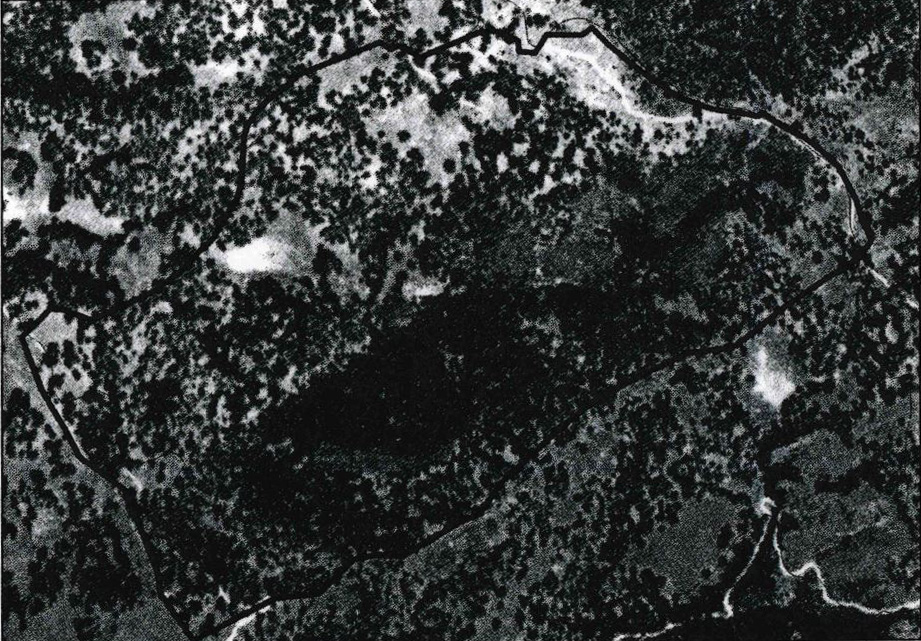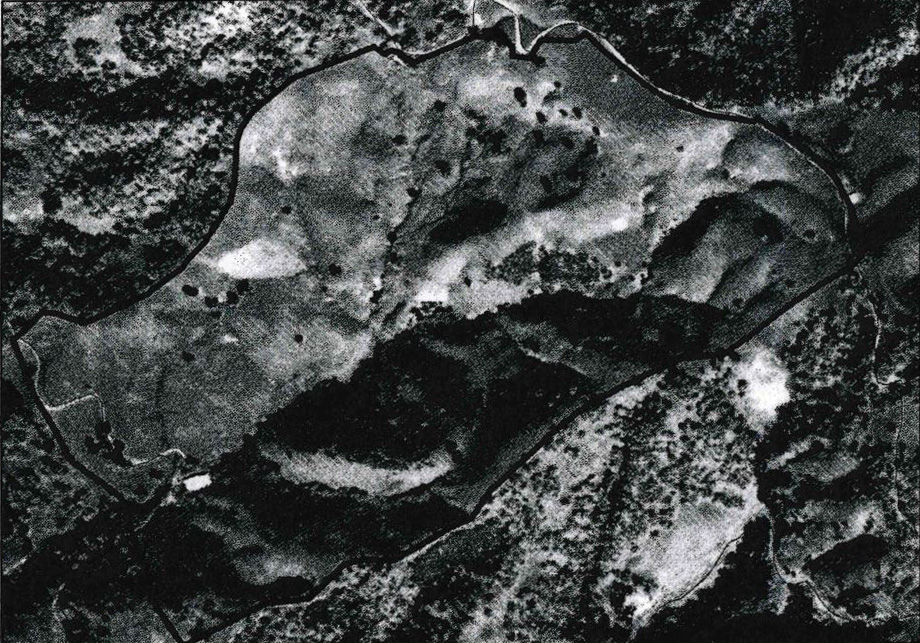Oaks ’n’ Folks – Volume 13, Issue 2 – August, 1998
Many of California’s watersheds have been cleared of their tree and shrub cover, often with the goal of improving grazing conditions for livestock. Large areas of these watersheds can remain with few trees because several oak species are not regenerating adequately to replace removed trees. As a result, these watersheds are susceptible to soil erosion, diminished and degraded wildlife habitat, and decreased water quality. Active restoration of woody vegetation often is required to restore these areas. Priority areas, species composition, and planting configuration need to be identified to improve restoration efforts. The first step in accomplishing this is to develop a thorough understanding of the patterns of natural vegetation regeneration. To that end, we characterized the attributes of natural vegetation regeneration in a cleared watershed using a geographic information system (GIS: a computer mapping and analysis tool), aerial photographs, and field surveys.
We studied a 206-acre watershed used for sheep grazing at the University of California’s Hopland Research and Extension Center in Mendocino County. This watershed was examined because the clearing of vegetation was part of a well-documented water-yield and range-improvement experiment in the early 1960s. Before the watershed was cleared (using herbicides and prescribed burning), approximately 123 acres were covered by hardwood forest, another 49 acres were a mixture of deciduous oaks and grassland, 22 acres were in chaparral, and 12 acres were in grassland (Photograph 1).
To study the vegetative changes since the watershed was cleared, we obtained aerial photographs for three time periods: 7 years before the process of watershed clearing started (1952), 3 years after the watershed clearing was finished (1968), and the present day (1996). We converted the aerial photos into a digital format to create vegetation maps in the GIS for each of the three photographs. By studying the differences in vegetation between the 1968 and 1996 photos, we were able to determine which areas of trees and shrubs were regeneration, and which trees had simply survived the clearing efforts. We then integrated the vegetation map with GIS coverages of slope, aspect, and soil type to see if the areas of regeneration were associated with any physiographic variables. Species of all the trees in the watershed also were recorded during field surveys.
We determined that 5.7 acres of hardwood forest survived the clearing efforts. Since 1968, 2.5 acres of upland hardwood regeneration, 2.5 acres of riparian hardwood regeneration, and 3.0 acres of chaparral regeneration have become established. About half of the trees appear to have been established since the watershed was cleared; the remainder were survivors from before the watershed was cleared. Most of the rest of the watershed has remained in grassland (Photograph 2).


Our study reveals that most evergreen oak regeneration, primarily interior live oak and scrub oak, occurred on moist, north-facing slopes. Deciduous oaks, mostly blue oak and valley oak, located primarily on drier south-facing slopes, have not regenerated. Drier southerly slopes may be too harsh for seedlings to establish, whereas the wetter northerly slopes are better for oak seedling regeneration. The fact that evergreen oaks are better sprouters than deciduous oaks also may be making a difference. Sheep and deer that regularly graze in the watershed may suppress most of the deciduous oak seedlings and sprouts, while the more prolific sprouts of evergreen oaks may be better able to survive this grazing pressure.
These results indicate that, without active restoration efforts such as tree planting and protection of regenerating trees from grazing, southerly slopes cleared of mature trees likely will remain sparsely vegetated. Northerly slopes and riparian areas, however, may recover their tree cover without planting and under livestock grazing pressure. Despite some woody plant regeneration, the once densely forested watershed in our study still is predominantly grassland, emphasizing the need to minimize the clearing of California oak woodlands.
You know that the most important thing for online tackles is a well-formed profile on a dating site or a page on a social network. Start with an avatar.
Colin Brooks, and Adina Merenlender
prepared and edited by Richard B. Standiford and Colin N. Brooks
